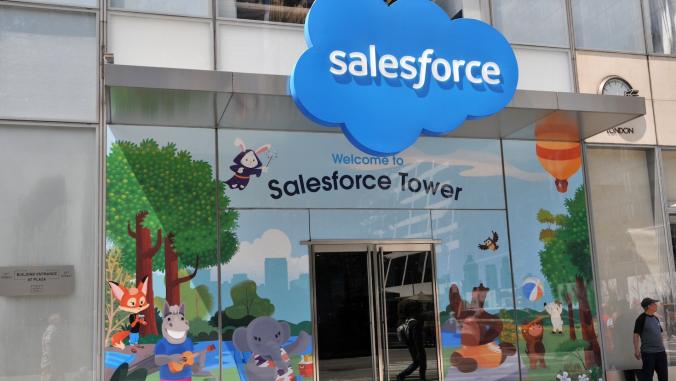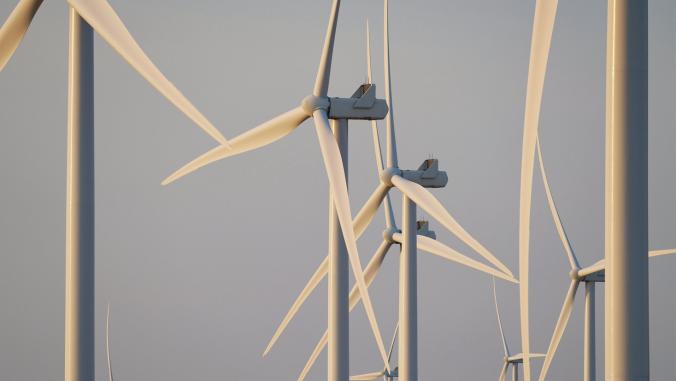Why H&M, Eileen Fisher and other fashion giants are saving forests
Millions of trees are sacrificed to create rayon. The industry hopes to nip that problem in the bud.

Several years ago, forest advocacy organization Canopy Group noticed a puzzling trend. While production of paper made with virgin fibers was shrinking appreciably, the number of ancient trees sacrificed for industrial logging wasn’t declining.
Further analysis yielded a troubling conclusion: Millions of trees are disappearing every year into the clothing on our backs. They’re being felled to manufacture dissolving pulp, a key ingredient for fabrics such as rayon/viscose, modal and lyocell. Even worse, much of that pulp is wasted.
That revelation was the impetus behind an apparel industry campaign created both to raise awareness of this issue and to nip it in the bud. More than two dozen fashion and apparel companies — including retailers and producers — are involved with the "Fashion Loved by Forest" initiative. They include Eileen Fisher, H&M, Levi Strauss, Lululemon Athletica, Marks & Spencer, Patagonia and Prana.
The mission: Help viscose producers and apparel companies find alternatives before the issue becomes worse. Production could double by 2050, so finding sustainable pulp alternatives, such as wheat straw, is a priority.
"Normally, we’re chasing the train down the track and we’re almost over the chasm," said Nicole Rycroft, executive director of Canopy. "With this [issue], given the growth trajectory that we’re in, we felt we had an opportunity to redirect, to do it when there’s 100 million trees being impacted, rather than when more companies had made investments to increase" their consumption.
Since its original declaration, Canopy has managed to rally support from three of the biggest viscose producers, including the biggest player of them all, Aditya Birla. The company accounts for about 20 percent of the global supply. Its pledge includes a commitment, effective immediately, not to source fiber from endangered forests in Indonesia or Canada’s Boreal forest. Collectively, the top 10 viscose producers account for about 80 percent of production, according to Canopy’s researchers.
Some companies contacted by Canopy didn’t previously associate clothing with deforestation, Rycroft said. "I think some of the brands we contacted were surprised. Some of theme were definitely aware [of the link with trees] but they were absolutely unaware that the fiber was coming from endangered forests."
Generally speaking, the "solutions" to this problem include pledges not to use vulnerable or endangered forests as sources. That will take some transparency.
Eileen Fisher, as an example, is asking suppliers to verify and declare that their wood is "legally harvested." It uses certifications from the Forest Stewardship Council to help guide purchasing. It is also dedicating research and development to identify sources of fiber that don’t rely on virgin pulp. Among the ideas it is evaluating: recovering cellulose from used clothing or agricultural residue.
H&M’s response, part of its broader Material Ethics Policy, includes a public commitment to eliminate sourcing related to ancient and endangered forests by 2017. It’s not leaving things to chance. As a spokeswoman notes: "Our policy requires full traceability on all man-made fibers, wood and forest materials."
The push for global deforestation reached a milestone last fall when more than 30 companies — including Asia Pulp and Paper, Cargill and Unilever — promised to cut the deforestation of natural forests in half by 2020. They hope to end it entirely by 2030.
Progress has been slow. That’s in part because of the sheer magnitude of subsidies that emerging economies make available for agricultural subsidies, an estimated $486 billion as of 2012. That compares with the $8.7 billion in incentives put toward fighting deforestation. Overall, agriculture accounts for about 80 percent of deforestation activities.





